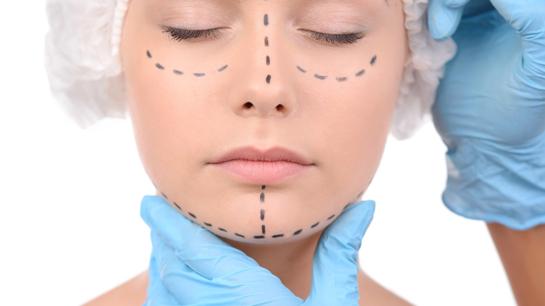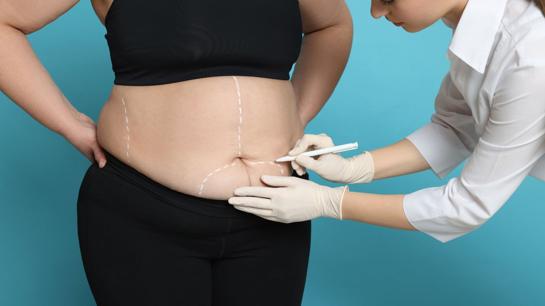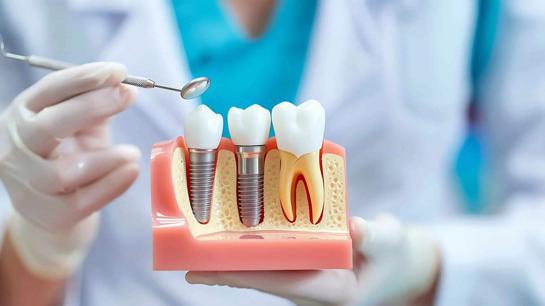Breast Lift Abroad Guide
Thinking about a breast lift abroad? Learn what surgery really involves—benefits, risks, recovery, and costs. Discover how overseas breast surgery can restore shape, boost confidence, and offer safe, affordable options.
Let’s be honest: nobody “wakes up one day” and books a breast lift in another country on a whim. The idea probably simmers in the back of your mind for a while, maybe years—maybe just after looking in the mirror and wondering if the reflection feels out of step with how you feel inside.
It’s more than fixing clothes or chasing after something you lost. It’s about comfort. Confidence. Feeling, at least for yourself, a bit more at home in your own body.
I’ve talked to enough people over the years—women in their forties, fifties, even sixties—to know: there’s always a deeper reason, one that money alone can’t buy. So if you’re eyeing operations abroad, with all the questions and hopes that brings, this is for you.
Let’s walk through what it really means—no gloss, no promises, just clarity.
What Is a Breast Lift, Really?
Okay, first, let’s clear something up—there’s often confusion between a breast lift (the fancy word is mastopexy) and implants. They’re not the same. A breast lift isn’t about making things bigger; it’s about undoing the sag, the droop, the slow pull of time and gravity.
Surgeons remove extra skin; sometimes they reshape tissue, almost like tailoring a good suit back to its original fit. Nipples get moved higher, areolas might get a touch-up. There’s more than one way to do it—sometimes just around the nipple, sometimes vertical, sometimes that “anchor” shape underneath if you need a big change.
In short: It’s a personal reboot for your shape. Less “instant bombshell,” more “my body, just refreshed.”
Who Actually Gets This Done?
Not just celebrities, not just supermodels. The “typical” person is surprisingly varied. Some are mothers who want to feel at home in their skin again. Others shed a lot of weight and found that, well, skin doesn’t always keep up. And plenty? Just find the mirror doesn’t match their sense of self anymore.
- Don’t smoke (or can quit a bit before/after surgery)
- Have realistic expectations—not looking for perfection
- Aren’t planning a pregnancy soon (because, yes, that can undo the work)
- Are in generally good health
- Hold a steady weight
People think this is all vanity. I’d argue it’s more about comfort—being able to wear what you want, move how you want, even just stand a bit straighter.
The (Real) Risks and What You've Probably Wondered
Every surgery comes with a “what if?” You’d be right to ask. Here’s what people actually face, whether at home or with surgery abroad:
- Bleeding or bruising (annoying, but often minor)
- Infection (rare with good care)
- Scars—yes, you’ll have them. For some, they fade fast. For others, they hang around, but most say it’s well worth the trade
- Changes in feeling—numbness, tingling, sometimes it doesn’t come back all the way
- One breast ending up a bit different than the other (humans aren’t totally symmetrical, but expectations matter)
- Very rarely: trouble with wound healing, issues with deeper tissue
You can tip the scales your way by being honest with your history and following advice to the letter. The right clinic—especially those that handle a lot of international patients—will have seen every worry and have systems to catch problems early.
Getting Ready: What No One Tells You
- Cut out smoking, ease up on alcohol—your body heals faster if you do
- Stop certain meds and supplements (that surprise aspirin in your nightstand can matter)
- Prep your home (front-load easy meals, get button-up shirts so you don’t wrestle your arms when you’re sore)
- Arrange someone to help you at least the first couple of days—not just for comfort, but for peace of mind
Mentally? Expect that first look after surgery to be a little, well, anticlimactic. Swelling, bruises, weird shapes—they settle. Real results take a few weeks, sometimes months.
What’s Surgery Abroad Actually Like?
If you picture something wild and unregulated… not so fast. Good clinics abroad are more polished than the movies suggest.
It’s usually general anesthesia, unless your lift is super minimal (rare). Incisions depend on your shape, your needs. The big goal is always to preserve as much sensation and blood flow as possible.
A couple hours later, you’re in recovery, bandaged, sleepy, and probably a little hungry. You might stay a night; you might head back to your accommodation after just a few hours. Most say the worst part is the waiting, not the pain.
What Recovery Really Feels Like...
Day 1, 2, maybe into 3—it’s stiff, sometimes sore, never fun. You’ll need help getting up the first time, maybe get a little emotional (nobody warns you about the mood swings, but they happen).
Week one, the swelling’s at its peak. Your doctor or nurse should be reachable; good clinics can check wounds by photo or video, since they know you’re traveling home soon.
Little by little, you get your energy back. No lifting, no reaching up, no gym. Maybe you shuffle more than walk. Stitches may dissolve on their own or you’ll have a follow-up, depending on technique.
A month in? Most are back at light routines and feel almost themselves—just with a chest that’s, at last, where it feels like it belongs.
What Does Success Look Like?
- You feel lighter, straighter—in clothes and out
- Bras fit. (Sometimes for the first time in a decade)
- Confident in movement—no more adjusting, tugging, hiding
- Scars? They fade for most, but nearly everyone says they were worth it
Most lifts last years—sometimes over a decade if your weight stays steady. Things do change with age, pregnancy, or big weight swings, but few regret hitting that “reset.”
Alternatives: Beyond the Scalpel
- For mild sagging, some try radiofrequency or ultrasound skin tightening—minimal downtime, minimal results.
- Fancy bras help too—but only while you’re wearing them.
- Augmentation can provide lift for some if the issue is mostly lost fullness, not sag.
- Fat grafting is possible for slight changes. But for more than a small tweak, a real lift is the gold standard.
Why Consider a Breast Lift Abroad?
- The cost—let’s not pretend it doesn't matter. In some places, the price tag is a fraction of what you’d pay at home, even after plane tickets and hotels.
- But it’s not just the savings. Privacy counts. Some value the space; there’s a comfort in healing anonymously, away from prying eyes or office gossip.
- No waitlists dragging into next year—just pick your time, show up, and move on with your life.
- And then there’s the care itself. In clinics that see people from around the world? They’re practiced in this. The touch is often gentler, the handholding more deliberate, because they know the stakes are bigger when you’ve traveled far from home.
- Plus… yes, sometimes a change of scenery is medicine in itself.
FAQ: The Stuff You’re Wondering
- Is it painful?
- Not in the “oh no” sense. Achy for days, manageable with medication, and mostly just annoying.
- How long in the hospital?
- Often just overnight or even just a few hours, unless there’s a reason to keep you.
- When can I travel?
- Usually within a week. It takes some coordination, but clinics that work with travelers make this possible.
- Permanence?
- Long-lasting, yes, but life is life. Gravity, pregnancies, big weight changes—they all play a part.
- Is it actually safe abroad?
- If you pick carefully, check credentials, talk honestly—yes. The best clinics measure up to, or exceed, Western standards. But you have to do your part: don’t cut corners.
The Real Bottom Line
A breast lift abroad is never just a medical act. It’s part leap, part gift to yourself, part research project, and sometimes, truthfully, part adventure.
You’ll have doubts. You’ll read stories that scare you as much as inspire. But with open eyes, steady questions, and time to consider what you need—not just what someone says you should want—you’ll land on the right decision, whether it means boarding that plane or not.
It’s your story. Make sure every step feels like you’re writing it for yourself.























